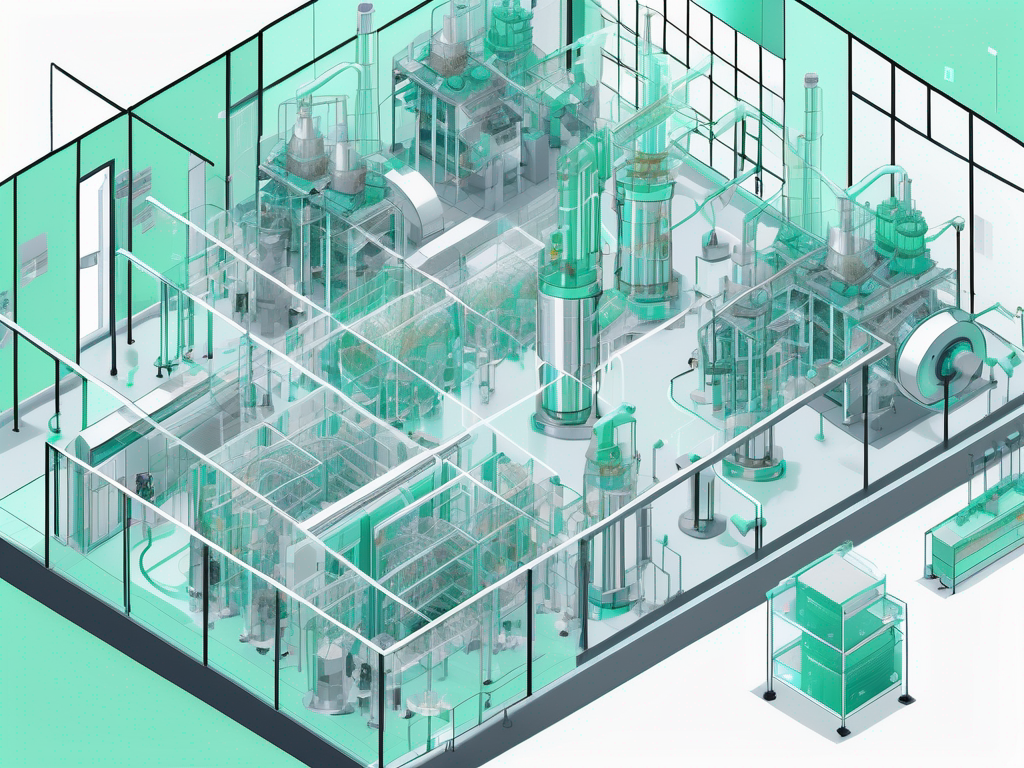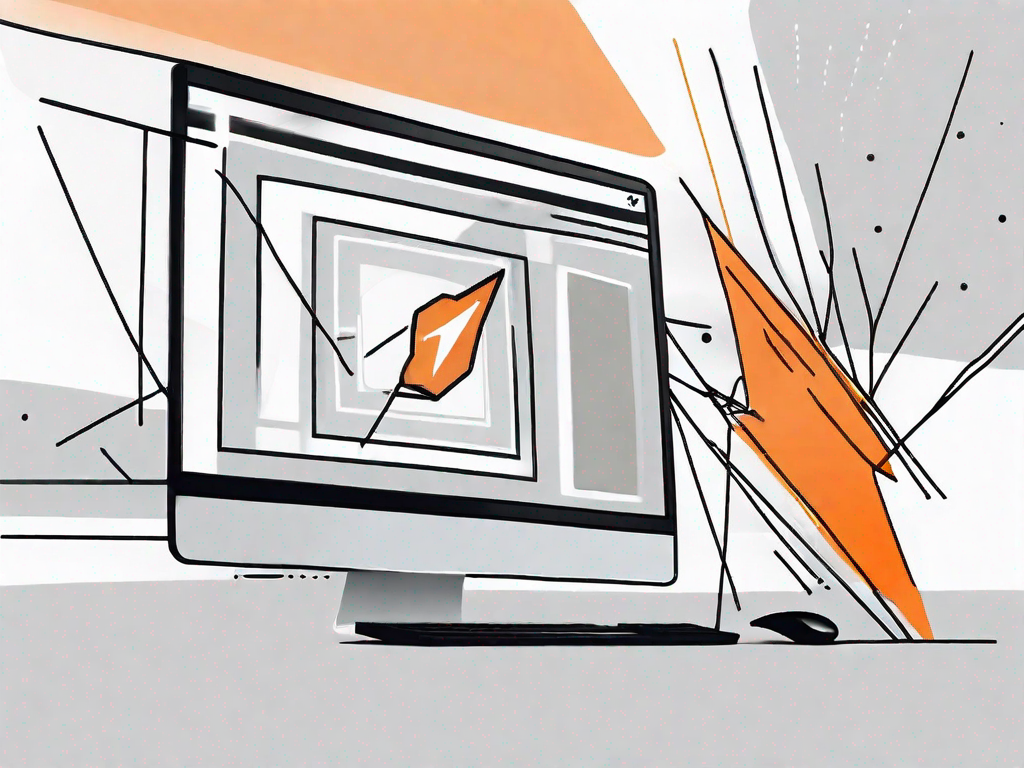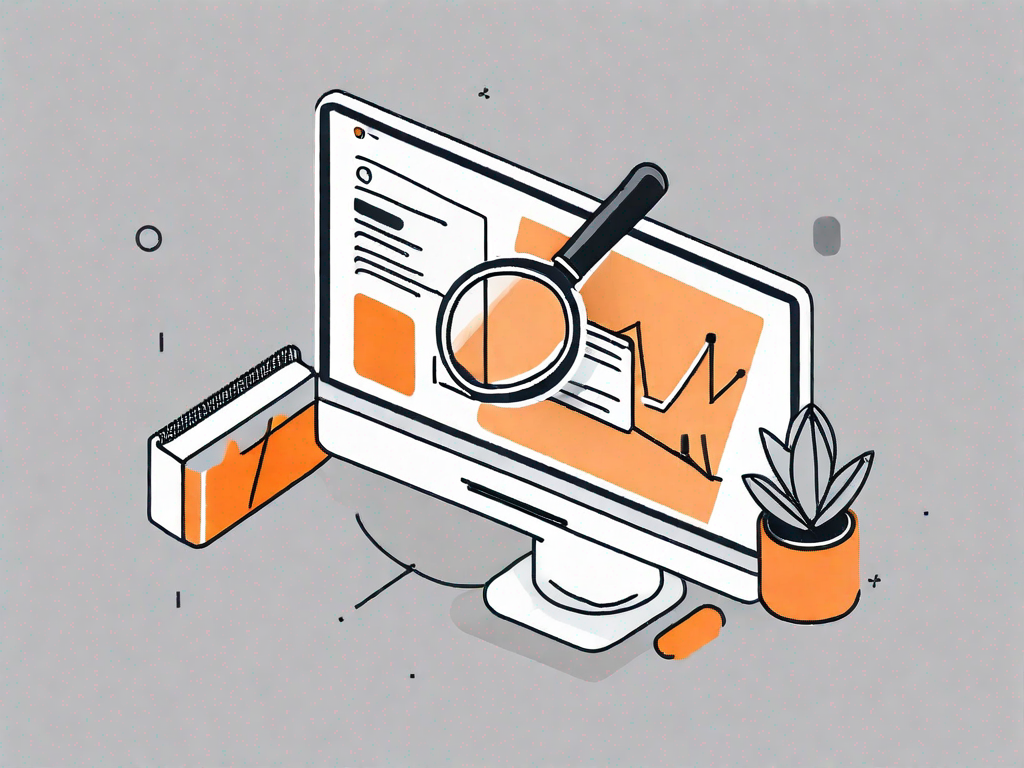.svg)
How AI Agents Power Digital Twins in Manufacturing
.svg)

In the ever-evolving landscape of manufacturing, the integration of cutting-edge technologies has become paramount for maintaining competitiveness and efficiency. Among these innovations, digital twins and AI agents stand out as transformative forces. By leveraging AI agents to power digital twins, manufacturers can achieve unprecedented levels of insight, optimisation, and predictive capabilities. This synergy not only enhances operational efficiency but also paves the way for smarter, more agile manufacturing processes.
Understanding Digital Twins in Manufacturing
What Are Digital Twins?
Digital twins are virtual replicas of physical entities, processes, or systems. In the context of manufacturing, they serve as digital counterparts of physical assets such as machinery, production lines, and even entire factories. These virtual models are continuously updated with real-time data, allowing manufacturers to simulate, analyse, and optimise their operations without disrupting the physical environment.
The concept of digital twins extends beyond mere simulation. They provide a comprehensive view of the asset's lifecycle, enabling manufacturers to monitor performance, predict failures, and implement improvements. By creating a dynamic and interactive digital representation, manufacturers can experiment with different scenarios, assess potential outcomes, and make informed decisions.
The Role of AI Agents
AI agents are software entities that perform tasks autonomously, often using machine learning algorithms to adapt and improve over time. In manufacturing, AI agents are employed to analyse vast amounts of data generated by digital twins. They can identify patterns, detect anomalies, and provide actionable insights that would be challenging for human operators to discern.
These agents are not limited to passive data analysis. They actively engage with digital twins, making recommendations, optimising processes, and even controlling certain aspects of the manufacturing operation. By doing so, AI agents enhance the functionality of digital twins, transforming them from static models into dynamic, intelligent systems.
How AI Agents Enhance Digital Twins
Real-Time Data Analysis
One of the primary benefits of integrating AI agents with digital twins is the ability to perform real-time data analysis. Manufacturing environments generate a plethora of data from sensors, machines, and other sources. AI agents can process this data at lightning speed, identifying trends and anomalies that might indicate potential issues or opportunities for improvement.
This real-time analysis enables manufacturers to respond swiftly to changing conditions, minimising downtime and maximising productivity. For instance, if an AI agent detects a deviation in machine performance, it can alert operators to take corrective action before a breakdown occurs, thus preventing costly disruptions.
Predictive Maintenance
Predictive maintenance is a game-changer in the manufacturing industry, and AI-powered digital twins play a crucial role in its implementation. By analysing historical data and current performance metrics, AI agents can predict when a machine is likely to fail. This foresight allows manufacturers to schedule maintenance activities at optimal times, reducing unplanned downtime and extending the lifespan of equipment.
Moreover, predictive maintenance helps in resource allocation and inventory management. By knowing which parts are likely to need replacement, manufacturers can ensure that the necessary components are available, avoiding delays and maintaining smooth operations.
Process Optimisation
AI agents are adept at identifying inefficiencies within manufacturing processes. By continuously monitoring digital twins, they can pinpoint areas where improvements can be made, such as reducing energy consumption, minimising waste, or enhancing production speed. These insights enable manufacturers to optimise their operations, leading to cost savings and increased output.
Furthermore, AI agents can simulate various scenarios within the digital twin environment, testing different strategies and configurations to determine the most effective approach. This capability allows manufacturers to experiment with process changes without risking disruptions to the actual production line.
Applications of AI-Powered Digital Twins
Product Design and Development
In the realm of product design and development, digital twins offer a virtual sandbox for innovation. AI agents can assist designers and engineers by simulating how new products will perform under various conditions. This capability allows for rapid prototyping and testing, reducing the time and cost associated with traditional product development cycles.
By leveraging AI-powered digital twins, manufacturers can iterate on designs more efficiently, ensuring that products meet quality standards and customer expectations. This approach fosters creativity and accelerates the introduction of new products to the market.
Supply Chain Management
The integration of AI agents with digital twins extends beyond the factory floor, impacting supply chain management as well. By creating digital replicas of supply chain networks, manufacturers can gain visibility into every stage of the process, from raw material procurement to product delivery.
AI agents can analyse supply chain data to identify bottlenecks, optimise logistics, and improve demand forecasting. This holistic view enables manufacturers to enhance supply chain resilience, reduce lead times, and respond more effectively to market fluctuations.
Quality Control and Assurance
Maintaining high-quality standards is a critical aspect of manufacturing, and AI-powered digital twins provide valuable support in this area. By continuously monitoring production processes, AI agents can detect deviations from quality standards and alert operators to potential issues.
In addition to real-time monitoring, AI agents can analyse historical data to identify trends and root causes of quality defects. This information empowers manufacturers to implement corrective measures, ensuring consistent product quality and reducing the likelihood of recalls or customer complaints.
Challenges and Considerations
Data Security and Privacy
While the benefits of AI-powered digital twins are substantial, they also introduce challenges related to data security and privacy. The vast amount of data generated and processed by digital twins must be protected from unauthorised access and cyber threats. Manufacturers must implement robust security measures to safeguard sensitive information and maintain compliance with data protection regulations.
Furthermore, the integration of AI agents requires careful consideration of data privacy concerns. Manufacturers must ensure that data collection and processing practices align with legal requirements and ethical standards, particularly when dealing with customer or employee information.
Integration and Interoperability
Integrating AI agents with digital twins involves complex technical challenges, particularly in terms of interoperability. Manufacturing environments often consist of diverse systems and technologies, and ensuring seamless communication between these components is essential for the successful deployment of digital twins.
Manufacturers must invest in compatible infrastructure and standardised protocols to facilitate integration. Collaboration with technology providers and industry partners can also help address interoperability challenges and promote the adoption of best practices.
Skill Development and Workforce Adaptation
The adoption of AI-powered digital twins necessitates a shift in workforce skills and capabilities. Manufacturers must invest in training and development programmes to equip employees with the knowledge and expertise required to work with these advanced technologies.
Additionally, fostering a culture of innovation and adaptability is crucial for successful implementation. Encouraging employees to embrace new technologies and processes can drive engagement and ensure a smooth transition to AI-enhanced manufacturing operations.
The Future of AI Agents and Digital Twins in Manufacturing
The integration of AI agents with digital twins is poised to revolutionise the manufacturing industry. As these technologies continue to evolve, manufacturers can expect even greater levels of automation, intelligence, and efficiency. The ability to simulate, analyse, and optimise every aspect of the manufacturing process will empower businesses to remain competitive in an increasingly dynamic market.
Furthermore, the convergence of AI and digital twins will drive innovation across the industry, enabling the development of new products, processes, and business models. By harnessing the full potential of these technologies, manufacturers can unlock new opportunities for growth and success in the digital age.
In conclusion, AI agents and digital twins represent a powerful combination that is reshaping the manufacturing landscape. By embracing these technologies, manufacturers can achieve greater operational efficiency, enhance product quality, and drive innovation. As the industry continues to evolve, the role of AI-powered digital twins will only become more integral to the success of modern manufacturing enterprises.
Let's
Let’s discuss how we can bring reinvigorated value and purpose to your brand.







.svg)